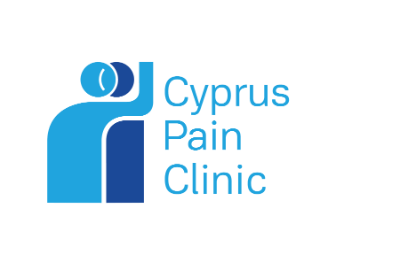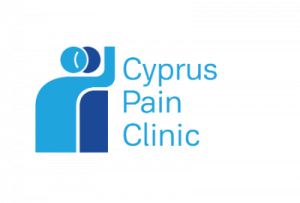Postherpetic neuralgia is an Herpes Zoster complication caused by a reactivation of the Varicella Zoster virus.
In particular, patients should be informed that once infected, the virus stays in the body in a latent stage (without causing problems) after the disease has subsided, during which time it can recur as Herpes Zoster (shingles).
One in five people will reportedly develop shingles at some point in their lives. It is also important to note that statistics show that its incidence rises with age. Particularly, individuals over 60 and those whose immune systems have been compromised by taking immunosuppressive, chemotherapy, and corticosteroid medications run a 10-fold risk of developing the condition than children do
Postherpetic Neuralgia
- The accompanying pain is described as burning, sharp, similar to an electric discharge, pressing with accompanying numbness and itching.
- Presence of allodynia (intolerable contact with clothing or other non-painful stimuli) and hyperalgesia.
- Dysesthesia and paresthesia can also be experienced in addition to pain.
Signs and Symptoms
This specific disease manifests itself in the form of a vesicular, encircling rash and is usually accompanied by severe pain and itching in a single dermatome. In 15-20% of cases, even though the rash has resolved, pain does not subside and persists for a longer time. This condition, if it persists for more than three months, is called “postherpetic neuralgia” and may be present for months or even years, causing serious negative effects on the patients’ Quality of Life. It is even thought that the main cause of prolonged pain is the destruction or alteration of the nerves of pain, pressure, and sensation after shingles reactivation.
Acute-phase treatment
Dermatologists use a variety of medications to treat the acute stage of shingles, including antiviral medications (acyclovir), corticosteroids, and analgesics (NSAIDs and paracetamol). It is important to keep in mind that, as numerous studies have demonstrated, the risk of postherpetic neuralgia is decreased if antiviral treatment is initiated within 72 hours of the onset of the rash.
However, in cases when there is extreme pain during the acute stage of the disease, the dermatologist may consult with pain specialists. The application of a lidocaine skin patch, the use of mild opioids (such as tramadol and codeine), and even the injection of modest dosages of amitriptyline are recommended and carried out in pain clinics.
Diagnosis
The signs and symptoms of postherpetic neuralgia are typically localized in the skin area where the rash pre-existed.
The diagnosis, however, is established based on the patient’s history and physical examination.
Treatment of postherpetic neuralgia
Postherpetic neuralgia is a disorder characterized by persistent peripheral neuropathic pain, necessitating specialist care. Thus, the following are recommended:
- tricyclic antidepressants (TCAs): amitriptyline (Saroten), venlafaxine (Effexor XR), and duloxetine (Cymbalta)
- anticonvulsants: gabapentin (Neurontin) and pregabalin (Lyrica)
- opioids: tramadol, oxycodone, and morphine
- topical skin patches:
- Lidocaine medicated plaster
- Capsaicin 8% topical patch: The skin patch contains 8% by weight of pure trans-capsaicin as its active ingredient. Capsaicin is the active, burning ingredient found in hot peppers, but in the patch, it is used in a synthetic form. The capsaicin skin patch is made to provide prolonged (3 month) relief from peripheral neuropathic pain with just one application.
- intravenous lidocaine administration
- corticosteroid and local anesthetic epidural injections
- nerve block


